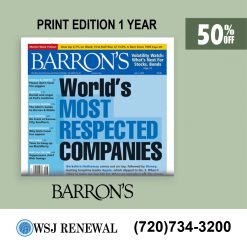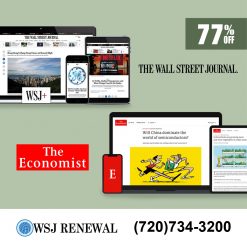Contrary to expectations, inflation cooled more than expected in October, offering hope that the fastest price rises in decades are abating and giving Federal Reserve officials breathing room to rein in increases to interest rates.
Compared to a year earlier, the consumer price index rose 7.7%, the smallest annual gain since the start of the year and a decline of 8.2% in September, according to a Labor Department report on Thursday. Core prices, which exclude food and energy and are seen as a better underlying gauge of inflation, rose 6.3%, retreating from a 40-year high the previous month.

The core consumer price index increased 0.3% compared to the previous month, while the general CPI advanced 0.4%. Both the increases and the monthly increases were below economists’ rough estimates.
Although this is good news, inflation is still too high for the Fed’s comfort. Jerome Powell, who said earlier this month that officials need to see a steady pattern of weaker monthly inflation, also indicated that interest rates are likely to peak higher than policymakers had previously anticipated.
Higher housing costs contributed to more than half of the increase in the headline CPI. Declines in price indicators for health care services and used vehicles capped the core measure.
Get 2 Years of The Wall Street Journal Print Subscription for $480
Treasury yields tumbled, while US stock futures rose and the dollar index tumbled. Traders moved closer to pricing the Fed’s half-point hike in December, instead of 75 basis points, and cut it below 5%, where they expect the highest interest rate to occur next year.
Median estimates in a Bloomberg survey of economists called for a 0.6% monthly rise in the CPI and a 0.5% advance in the core.
Fed officials will have another CPI report and employment report on hand before the end of their two-day policy meeting in mid-December.
Meanwhile, high inflation continues to weigh on US households and the broader economy. High prices have hurt wage earnings and led many to rely on savings and credit cards to keep spending.
Inflation and the broader performance of the economy played a role in Tuesday’s midterm elections, although exit polls suggest social issues turned out to be a bigger factor than pre-election polls suggested. As of Thursday morning, the results were unclear, but it appeared that Republicans would win a narrow majority in the House of Representatives.
Fed Campaign
The housing market has deteriorated rapidly amid skyrocketing mortgage rates. While the Fed has embarked on the most aggressive tightening campaign since the 1980s, the labor market and consumer demand, while cooling somewhat, have proven largely resilient.
Prices are expected to continue to grow, but moderately over the next year, although some economists expect that the process of returning to the Fed’s expected inflation will include both a recession and a rise in the unemployment rate.
The risks of a global recession have increased, inflation is hitting economies around the world, spurring the world’s most aggressive and synchronized monetary policy tightening in 40 years
Housing costs, which are the largest component of services and make up about a third of the overall CPI index, rose 0.8% last month, the most since 1990. The acceleration was driven by higher increase in the costs of hotel stays in more than a year.
Although private sector data points to a stabilization, or even decline, in rents in a variety of cities across the country, there is a lag between changes in real time and when reflected in the Department of Labor data . Bloomberg Economics estimates that housing-related components will peak in the next two to three months and then begin to slow.
Buy a 5-years subscription to the WSJ and Barrons News for $89
Bloomberg Economics expects housing-related components to peak in the next two to three months and then begin to slow. Although data from the private sector point to a
Excluding food, energy and housing, the CPI fell 0.1%, the weakest reading since May 2020.
Monthly Movers
- Food rose 0.6%, smallest gain this year
- Apparel fell 0.7%, biggest decline since April
- Household furnishings fell 0.2%, most since January 2021
- Health insurance decreased a record 4%
- Overall medical care services fell 0.6%, most since 1971
- Used cars decreased 2.4%, most since March
- Airfares declined 1.1%
While the Fed bases its 2% target on a separate Commerce Department measure of inflation, the Personal Consumption Expenditures Price Index, the CPI is closely watched by policymakers, traders, and the public. Given the volatility of food and energy prices, the core index is generally considered a more reliable barometer of core inflation.
Excluding food and energy, the cost of goods decreased by 0.4%, the biggest drop since March. The prices of services less energy increased by 0.5%.
Economists generally expect commodity prices to continue to weaken as a result of changing consumer preferences, improving supply chains, and declining commodity prices. However, services may maintain upward pressure on wages and inflation for the foreseeable future.

Annual wages have fallen every month since April 2021. In October, real average hourly earnings decreased and were down 2.8% from a year earlier. And the purchasing power of workers is being affected by high inflation, according to a report.









